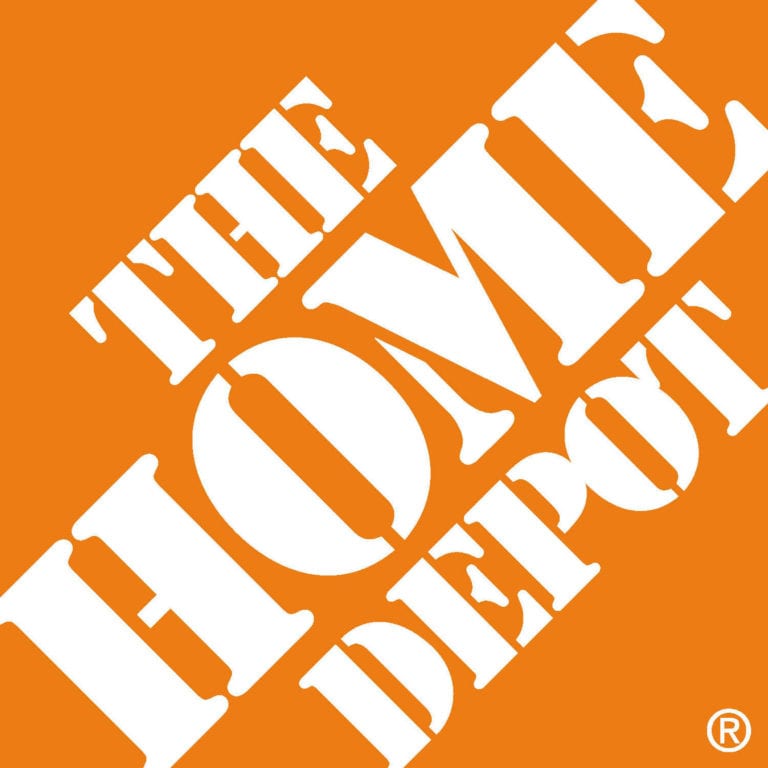Proper nutrition is critical to older adults’ overall vitality, providing energy, helping to control weight, and even preventing and managing some diseases.
Unfortunately, 10% of older people don’t eat enough, while one-third eat too much, according to HealthinAging.org, which is the Health in Aging Foundation’s online public education resource. Such nutritional imbalances may be due to the range of common obstacles some people face as they age, including changing tastes, dental problems and difficulty accessing healthy foods.

Here are some tips older adults can benefit from:
Get your nutrients. Older adults should eat a variety of foods to get all the nutrients they need, including lean protein for muscle mass, as well as fruits and vegetables, whole grains and low-fat dairy. Choose foods with little to no added sugar, saturated fats and sodium.
Stay hydrated. Drink water often to aid digestion. Limit beverages with lots of added sugars or salt.
Visit the dentist. If you’re having trouble chewing, visit your dentist. They may be able to help. For instance, if you have ill-fitting dentures, chewing can be improved and more comfortable with a better fit. Additionally, choosing softer foods, such as canned fruit, soups or tuna, may help.
Follow food safety guidelines. Food not prepared properly can make you sick. Because those with weakened immune systems are vulnerable to foodborne illnesses, it’s especially important for older adults to follow food safety guidelines. If you have any doubt about a food’s safety, throw it out.
Limit salt. Too much sodium can increase the risk of high blood pressure, heart attack and stroke. To stay heart healthy, ask your doctor for guidance on recommended daily sodium limits based on your health status and check food labels for sodium content. Cook more meals at home using lower sodium ingredients and avoid processed foods. Flavor dishes with herbs and spices.
Seek assistance if needed. Take advantage of plan benefits that can help you secure healthy foods, like transportation or grocery cards. Additionally, there are local and national programs to help those on limited incomes with nutritious food costs, including the Supplemental Nutrition Assistance Program (SNAP).
By: Brandpoint (Edited by d-mars.com)








